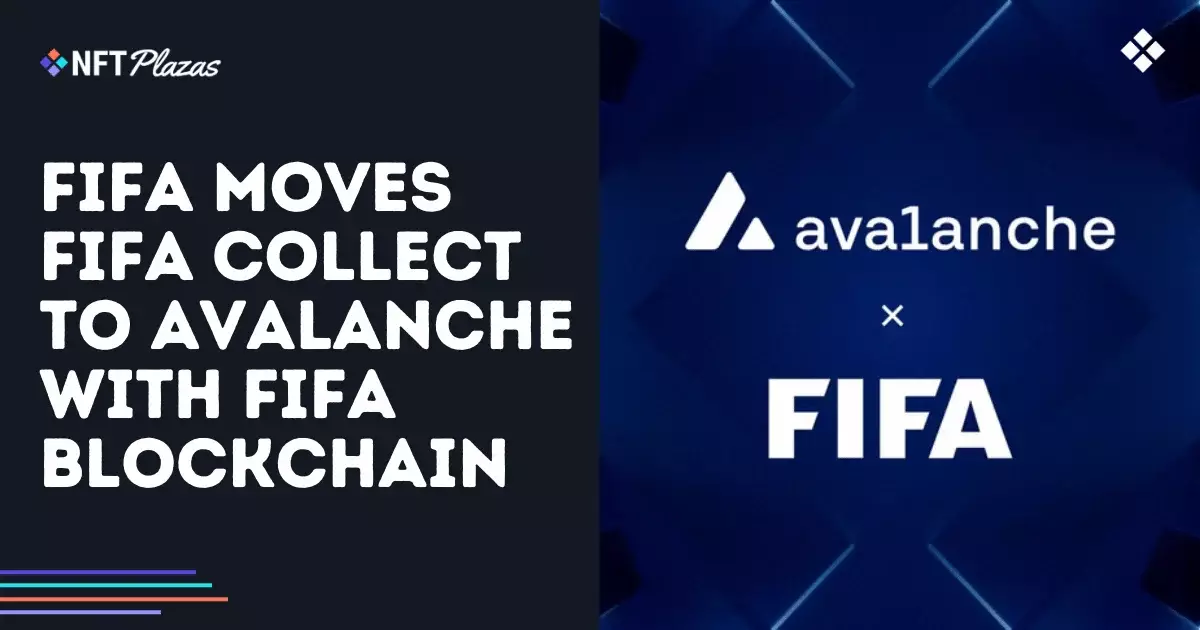FIFA’s recent announcement regarding the development of its own Layer-1 blockchain in partnership with Avalanche raises an eyebrow. On the surface, the concept of a dedicated blockchain for FIFA Collect looks promising, aimed at creating an enhanced platform for digital collectibles. Yet, beneath this glittering facade lies the potential for pitfalls that could undermine not just the project’s viability but also the integrity of digital collectibles as a whole.
Incompatibility and Confusion Among Fans
One of the most glaring issues with this transition is the forced change from Algorand-based wallets to those compatible with Ethereum, such as MetaMask. This abrupt shift may alienate a segment of users who are either unwilling or unable to make the change. For a fan base billed at 5 billion worldwide, stranding a portion of that audience because of wallet incompatibility seems not only unreasonable but reckless. How can FIFA justify placing the burden of this migration on fans, who have shown loyalty and investment in digital assets?
Transaction Costs and Scalability Concerns
While FIFA extols Avalanche’s low transaction fees and swift confirmation times, one must question whether this will hold true under considerable stress. The real test will be during peak moments—think World Cup or FIFA e-sports events. With high traffic expected, will the Avalanche infrastructure stand up to the challenge? History shows that lofty promises about system capabilities often crumble under genuine usage pressure. The allure of a smooth user experience may fade if the blockchain fails to deliver when needed most.
A Misguided Focus on Expansion
The ambitious expansion plans for FIFA Collect raise questions about whether the organization is losing sight of its core mission. While broadening its offerings to encompass diverse applications may sound aspirational, it’s easy to lose the essence of what made FIFA Collect appealing in the first place—unique digital collectibles steeped in the history and excitement of soccer. Adding complexities in the name of growth can dilute value and confuse currently enthusiastic users. Instead of serving as a beacon for fans, FIFA might instead become a cautionary tale in hubris.
The Dependence on a Single Partner
FIFA’s close relationship with Avalanche, while technically sound, raises alarms about centralization in a space that thrives on decentralization. Relying on a single blockchain provider strips the initiative of the very diversity that allows the NFT ecosystem to flourish. What happens if Avalanche encounters its own issues, or ceases to meet FIFA’s ever-increasing demands? Such over-reliance could lead to a precarious situation where FIFA is left scrambling for alternatives, ultimately jeopardizing its digital collectible vision.
The Ethical Implications of Digital Collectibles
Lastly, one cannot ignore the ethical considerations surrounding digital collectibles, particularly in sports where fans are already grappling with inflated ticket prices and merchandising costs. By pushing for a digital collectibles platform tied to a centralized blockchain, FIFA runs the risk of commodifying sports fandom further. Turning loyal supporters into mere consumers operates in stark contrast to the spirit of sports—one of community and shared experience. Rather than cultivating deeper connections, this move may inadvertently erode them, creating a transactional relationship that fans might find unpalatable.
FIFA’s blockchain initiative is undoubtedly bold, yet it comes with inherent risks that could not only stymie its success but could also reshape the landscape of digital collectibles for the worse.

